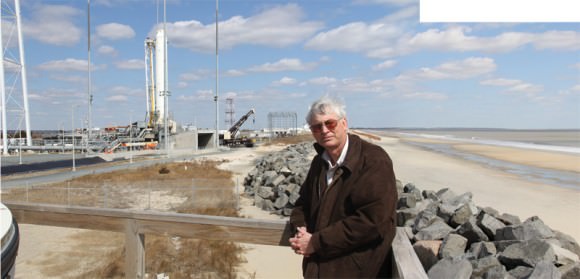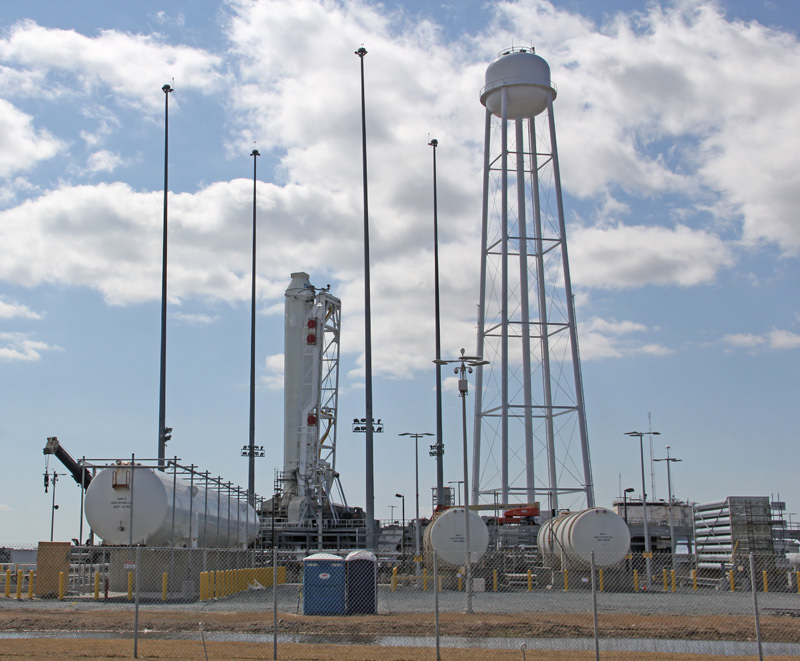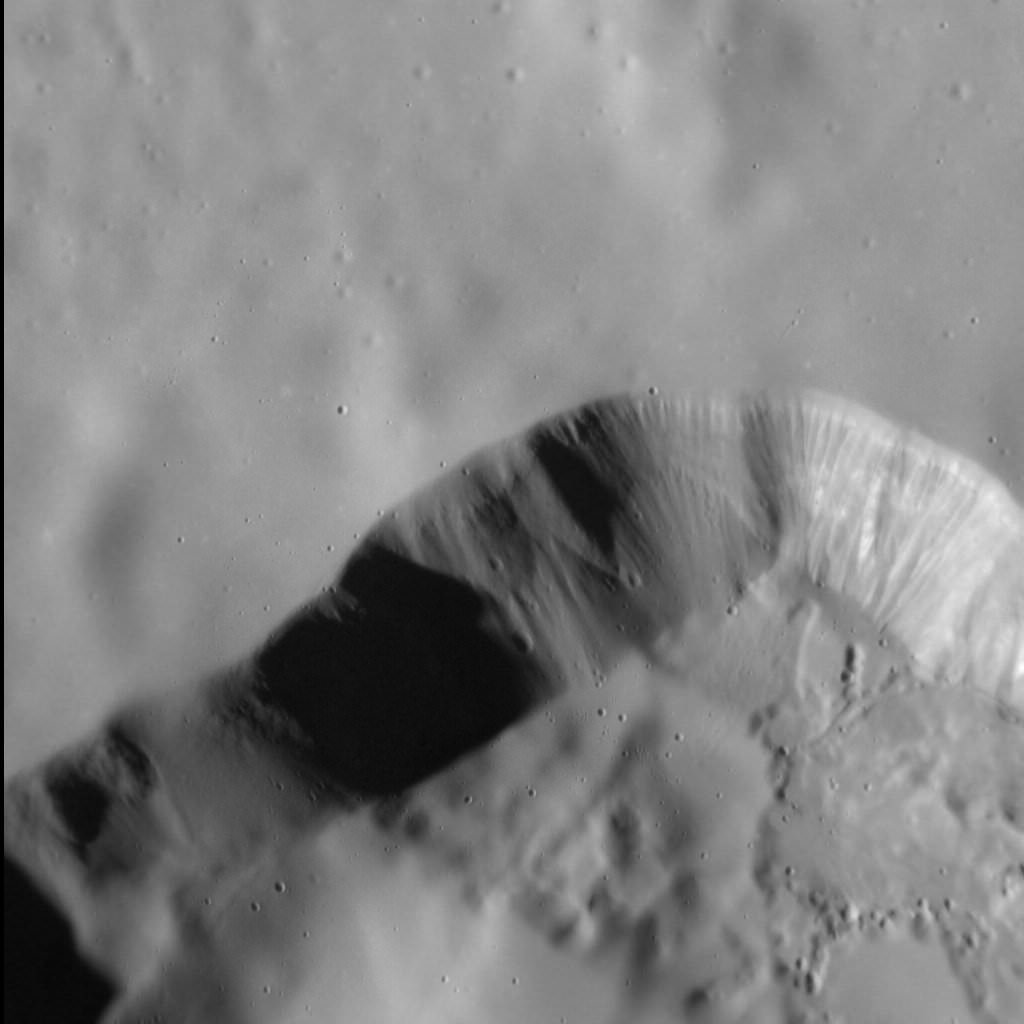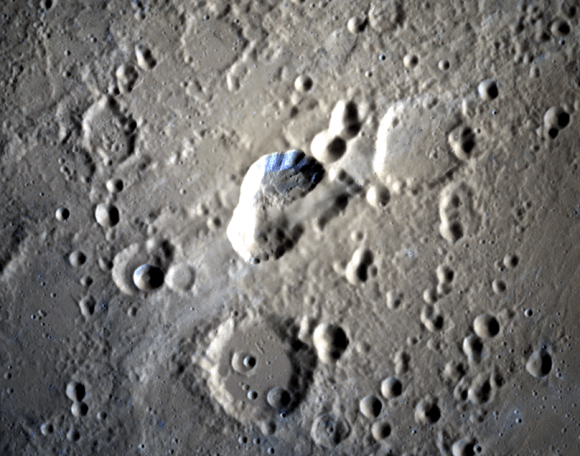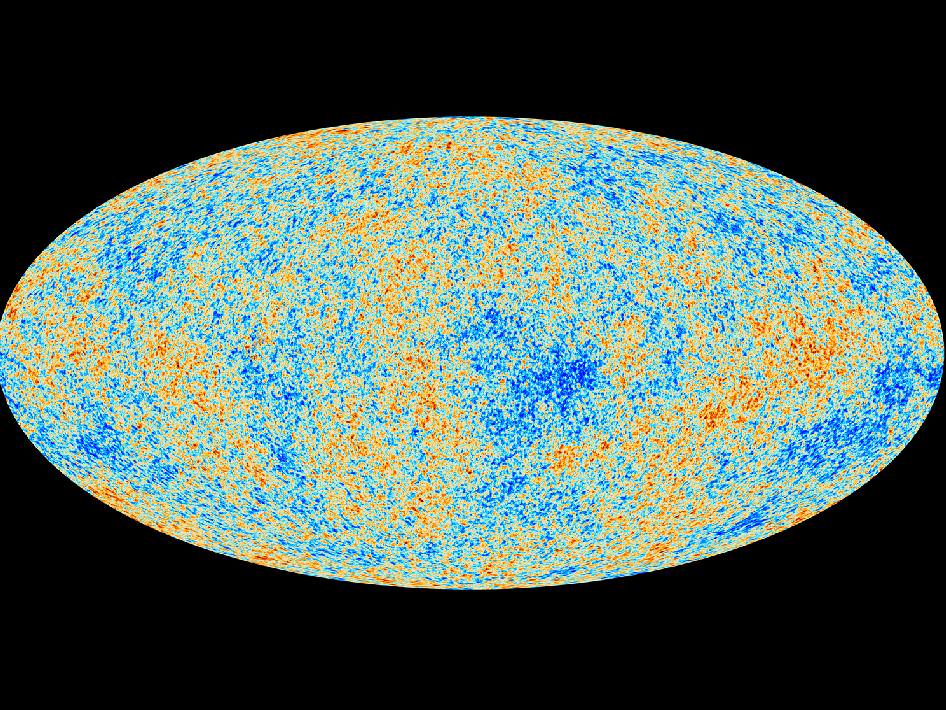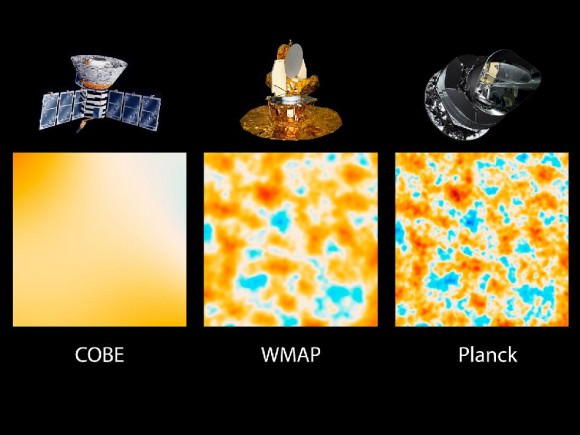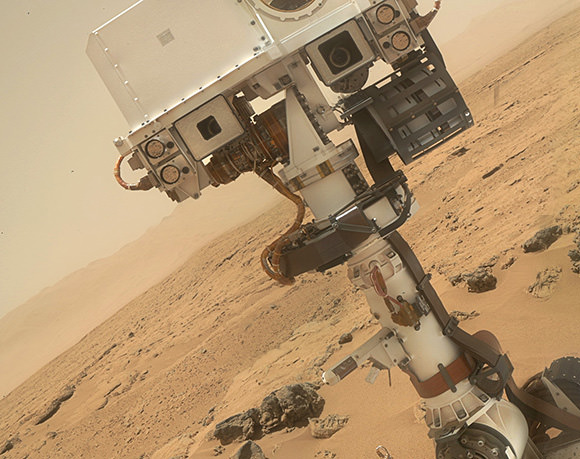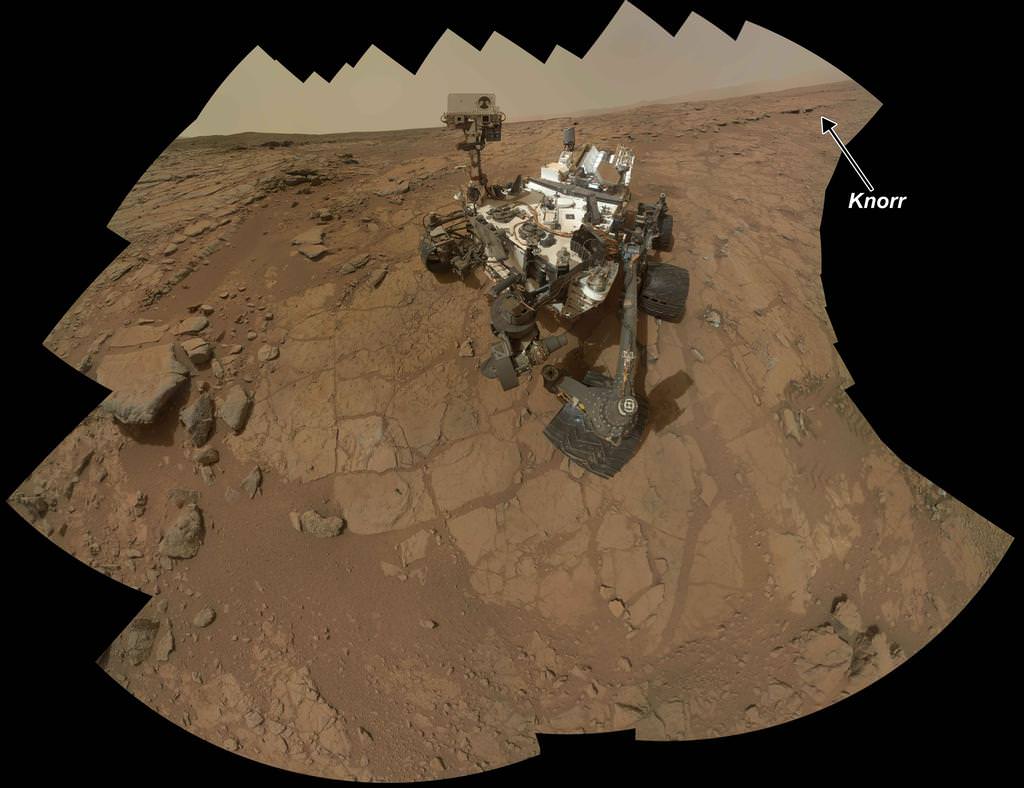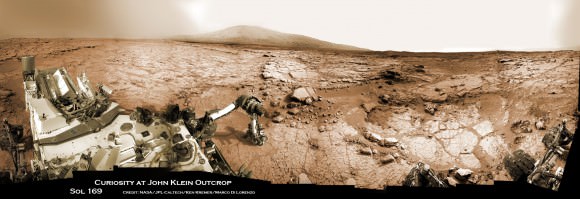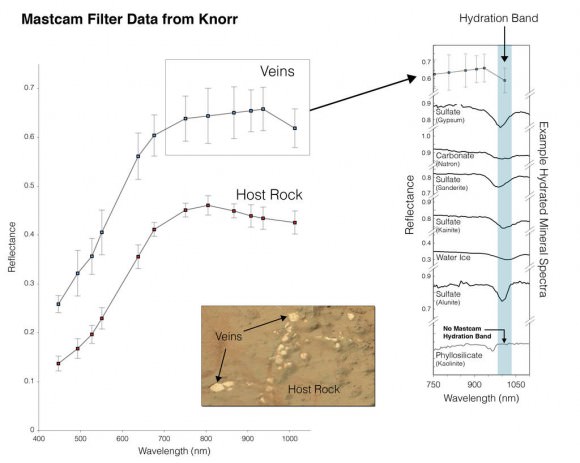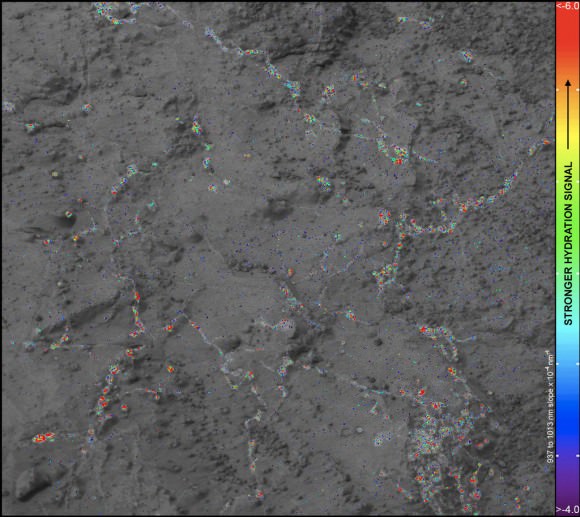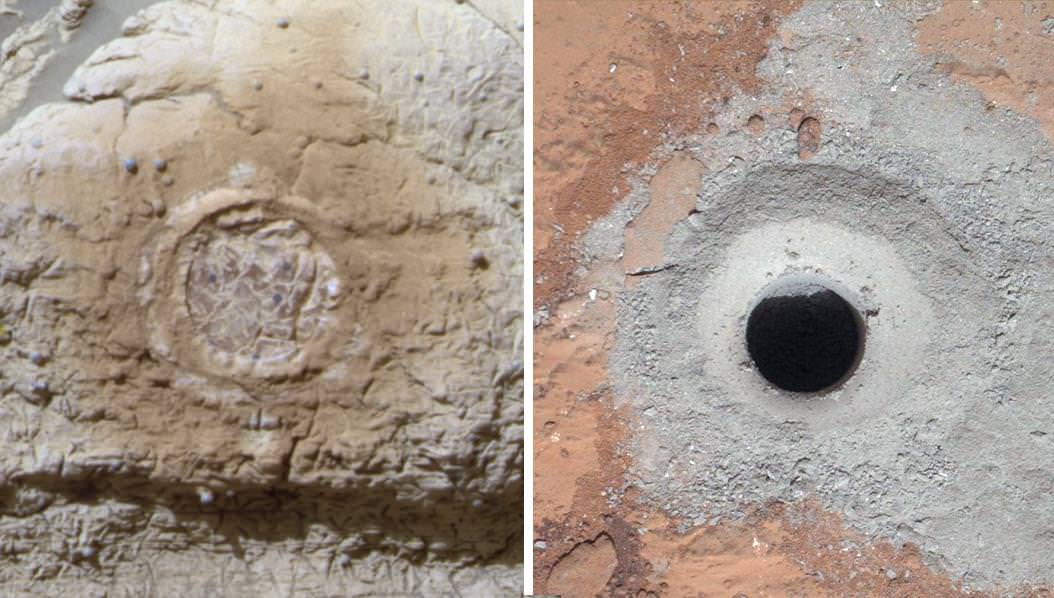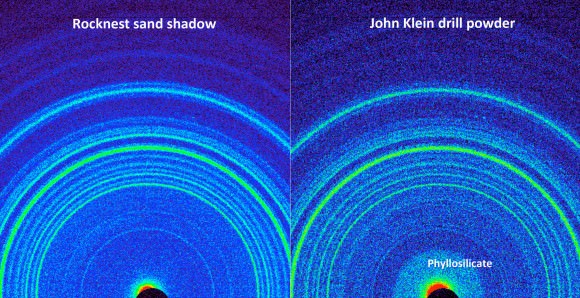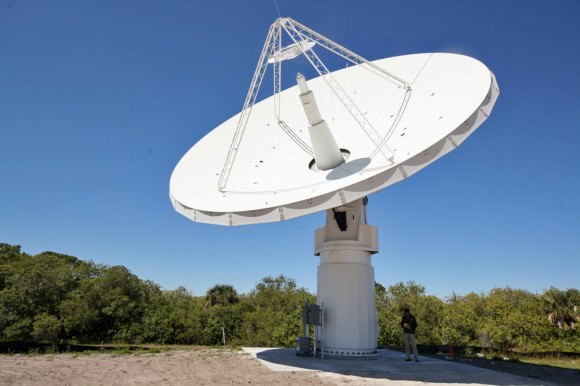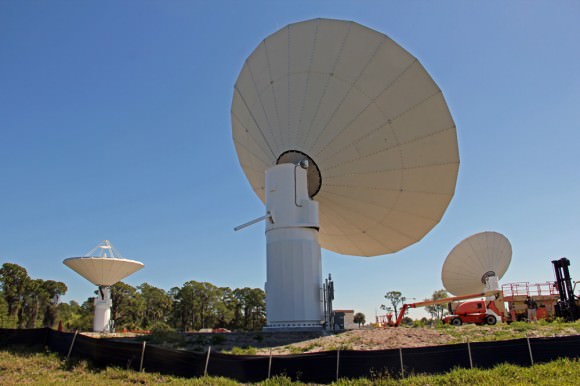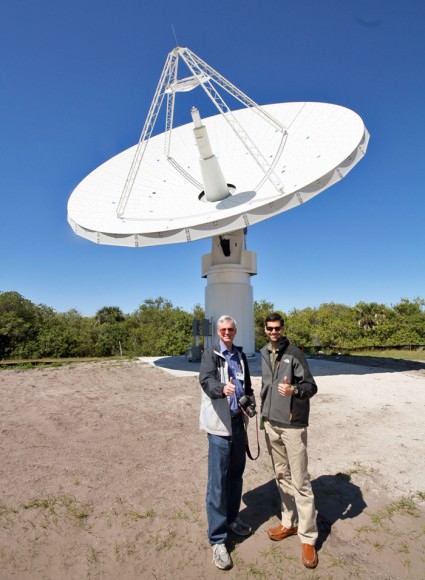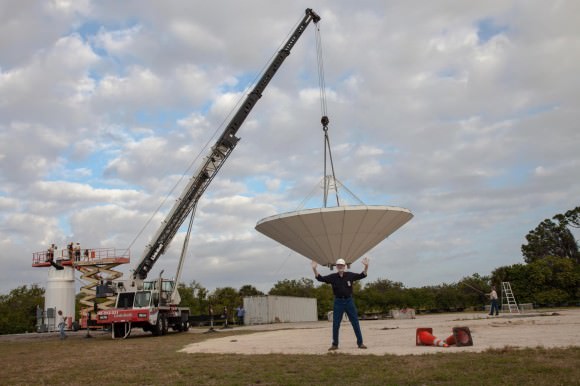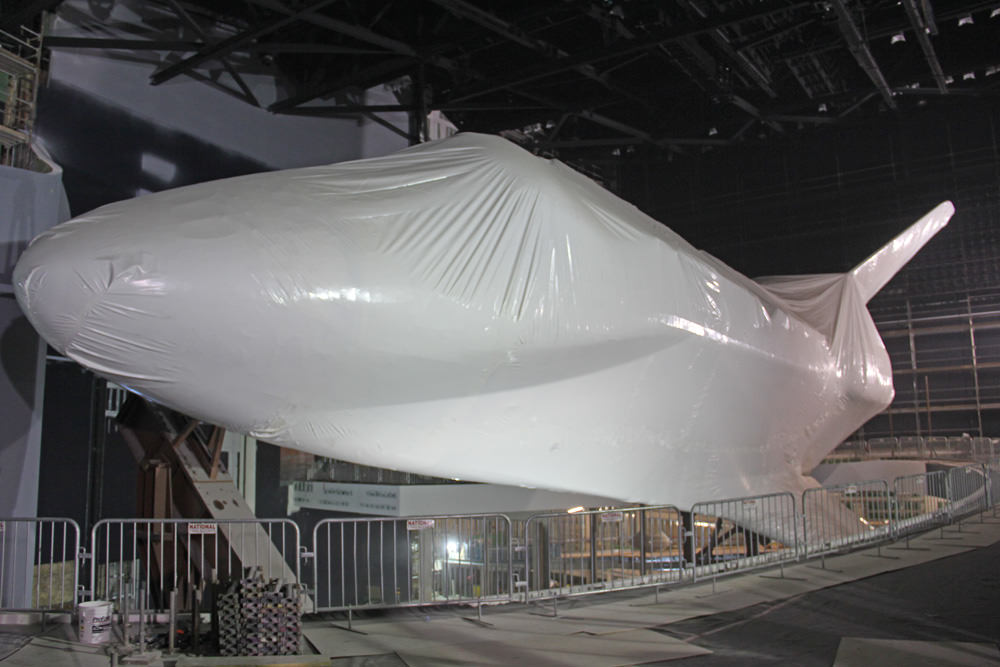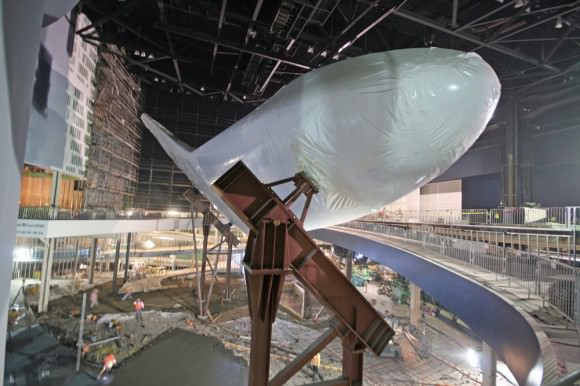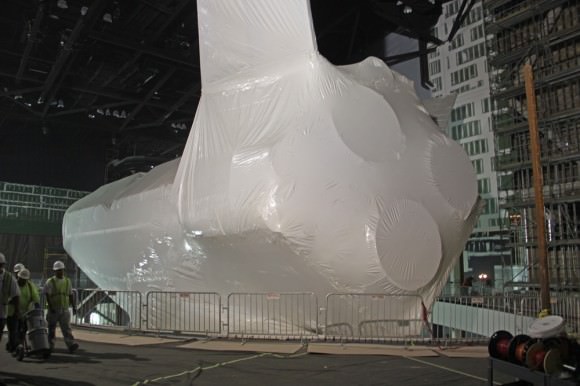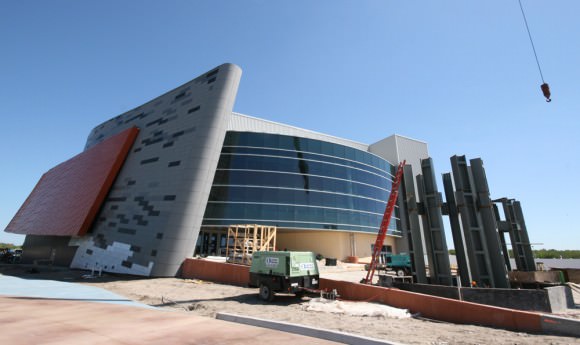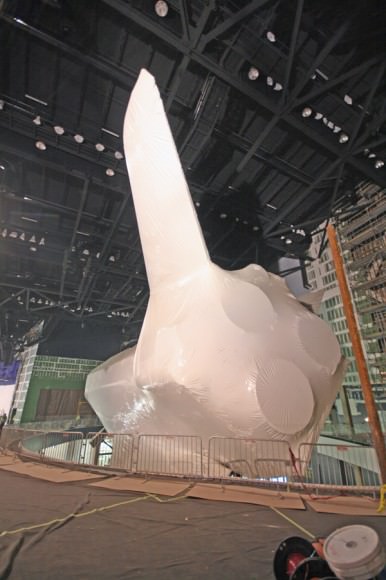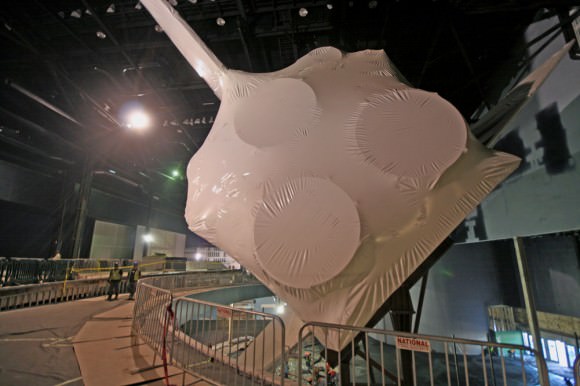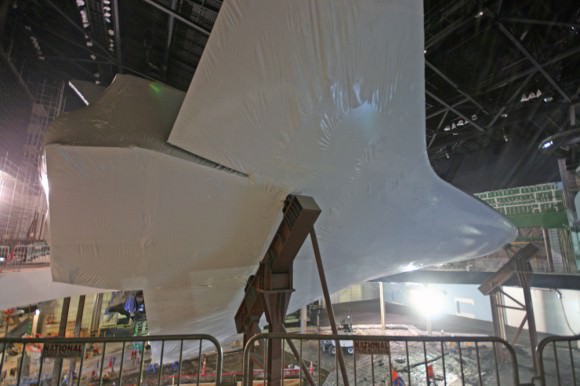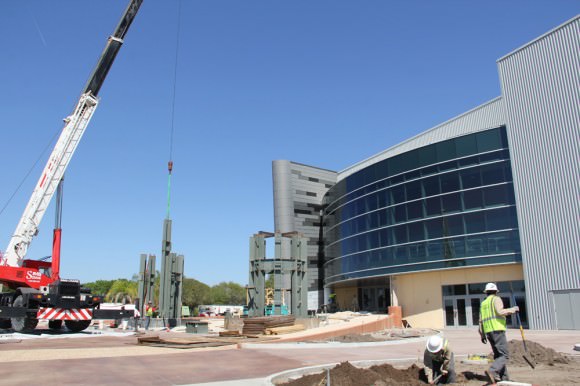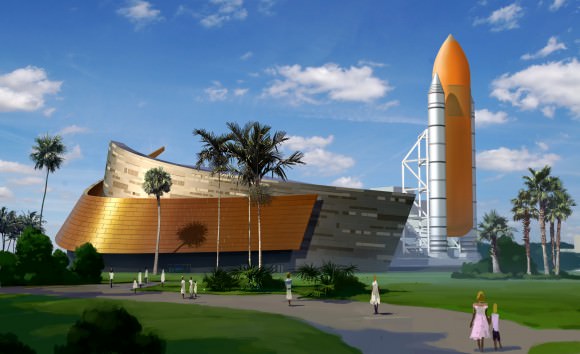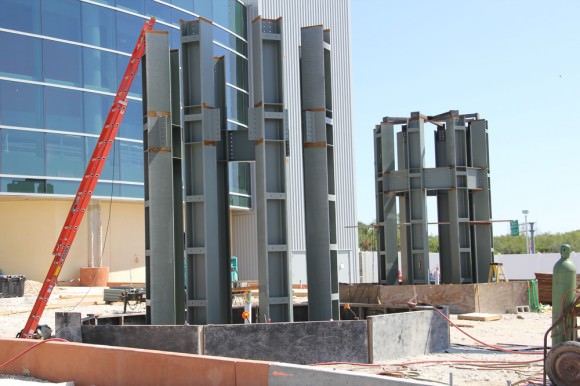The first stage of the privately developed Antares rocket stands erect at newly constructed Launch Pad 0-A at NASA’s Wallops Flight Facility during exclusive launch complex tour by Universe Today. Maiden Antares test launch is scheduled for mid-April 2013. Later operational flights are critical to resupply the ISS.
Credit: Ken Kremer (kenkremer.com)
See Antares photo gallery below[/caption]
The most powerful rocket ever to ascend near major American East Coast population centers is slated to blast off soon from the eastern Virginia shore on its inaugural test flight in mid April.
And Universe Today took an exclusive inspection tour around the privately developed Antares rocket and NASA Wallops Island launch complex just days ago.
NASA announced that the maiden flight of the commercial Antares rocket from Orbital Sciences is slated to soar to space between April 16 to 18 from the newly constructed seaside launch pad dubbed 0-A at the Mid-Atlantic Regional Spaceport (MARS) at NASA’s Wallops Flight Facility in Virginia.
The two stage Antares rocket is absolutely pivotal to NASA’s plans to ship essential cargo to the International Space Station (ISS) in the wake of the shutdown of the Space Shuttle program in July 2011.
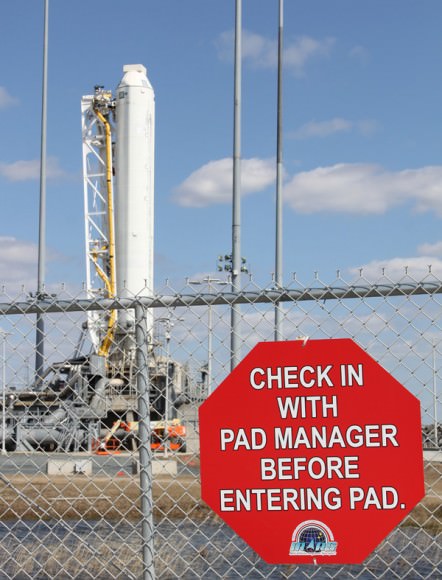
Antares stands 131 feet tall and serves as the launcher for the unmanned commercial Cygnus cargo spacecraft.
Both Antares and Cygnus were developed by Orbital Sciences Corp under NASA’s Commercial Orbital Transportation Services (COTS) program to replace the ISS cargo resupply capability previously tasked to NASA’s now retired Space Shuttle’s. The goal is to achieve safe, reliable and cost-effective transportation to and from the ISS and low-Earth orbit (LEO).
I visited NASA Wallops for an up close personal tour of the impressive Antares 1st stage rocket erected at the launch pad following the successful 29 second hot fire engine test that cleared the last hurdle to approve the maiden flight of Antares. Umbilical lines were still connected to the rocket.
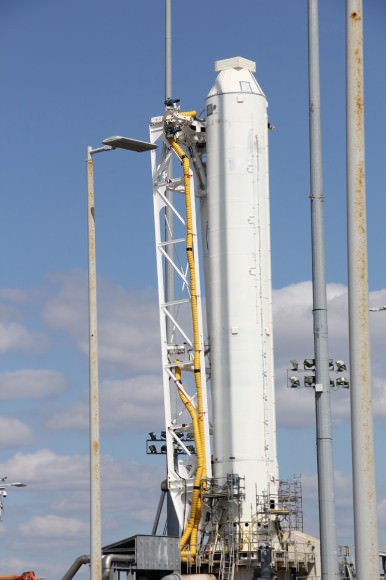
The pads protective seawall was rebuilt following significant damage from Hurricane Sandy, NASA Wallops spokesman Keith Koehler told me.
Launch Complex 0-A sits just a few hundred yards (meters) from Virginia’s eastern shore line on the Atlantic Ocean. It’s hard to believe just how close the low lying pad complex is to the beach and potentially destructive tidal surges.
Barely 400 meters (1300 feet) away lies the adjacent Launch Pad 0-B – from which Orbital’s new and unflown solid fueled Minotaur 5 rocket will boost NASA’s LADEE lunar science probe to the Moon in August 2013 – see my upcoming article.
The maiden Antares test flight is called the A-One Test Launch Mission. It will validate the medium class rocket for the actual follow-on flights to the ISS topped with the Cygnus cargo carrier starting later this year with a demonstration docking mission to the orbiting lab complex.

The Antares first stage is powered by dual liquid fueled AJ26 first stage rocket engines that generate a combined total thrust of some 680,000 lbs. The upper stage features a Castor 30 solid rocket motor with thrust vectoring. Antares can loft payloads weighing over 5000 kg to LEO.
The launch window opens at 3 p.m. and extends for a period of time since this initial test flight is not docking at the ISS, Orbital spokesman Barry Boneski told Universe Today.
Antares will boost a simulated version of the Cygnus carrier – known as a mass simulator – into a target orbit of 250 x 300 kilometers and inclined 51.6 degrees.
Antares A-One will fly on a southeast trajectory and the Cygnus dummy will be instrumented to collect flight and payload data.
The simulated Cygnus will separate from the upper stage 10 minutes after liftoff for orbital insertion.
“All launches are to the south away from population centers. Wildlife areas are nearby,” said Koehler.
The goal of the ambitious A-One mission is to fully demonstrate every aspect of the operational Antares rocket system starting from rollout of the rocket and all required functions of an operational pad from range operation to fueling to liftoff to payload delivery to orbit.
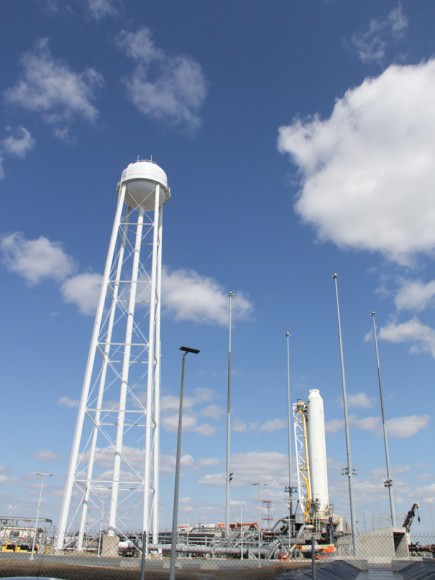
Antares/Cygnus will provide a cargo up mass service similar to the Falcon 9/Dragon system developed by SpaceX Corporation – which has already docked three times to the ISS during historic linkups in 2012 and earlier this month following the tension filled March 1 liftoff of the SpaceX CRS-2 mission.
The Dragon is still docked to the ISS and is due to make a parachute assisted return to Earth on March 26.
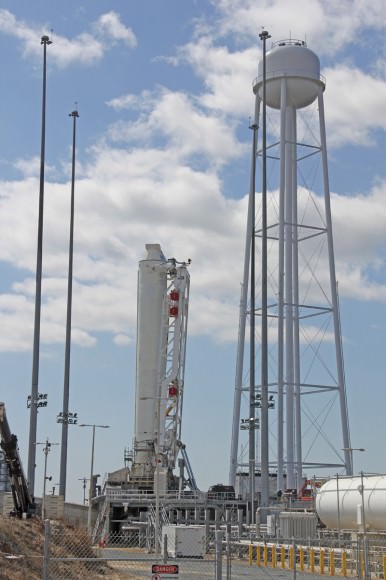
Orbital has eight commercial resupply missions manifested under a $1.9 Billion contact with NASA to deliver approximately 20,000 kilograms of supplies and equipment to the ISS, Orbital spokesman Barry Boneski told me.
Tens of millions of American East Coast residents in the Mid-Atlantic and Northeast regions have never before had the opportunity to witness anything as powerful as an Antares rocket launch in their neighborhood.
Watch for my continuing reports through liftoff of the Antares A-One Test flight.

